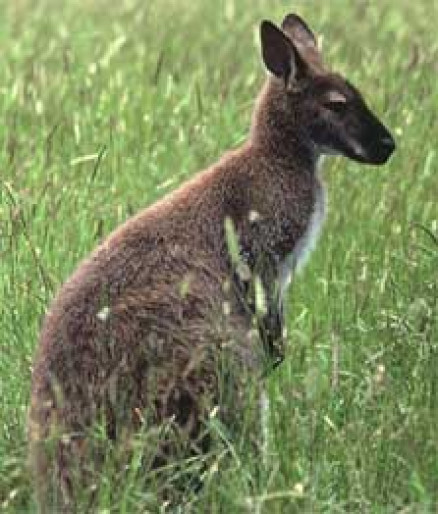Damage caused by wild mammalian herbivores
A review of the damage caused by wild mammalian herbivores to primary production in New Zealand
Wild mammalian herbivores can compete with domestic livestock for forage and damage other production assets, including horticulture and silviculture.
The lack of quantitative data for the impacts of wild herbivores on production assets is a significant knowledge gap in New Zealand. Even less is known about the impacts of these animals on production landscapes when multiple species occur together, which is often the case.
Anecdotal evidence gathered by Environment Southland (the Southland Regional Council) from farmers over recent years indicated that numbers of wild herbivores were increasing throughout the Southland region, and were potentially impacting on primary production. In response to these reports, Environment Southland sought assistance from Envirolink to secure a grant to enable a review of relevant literature to assess two key questions:
- What are the impacts of wild herbivores on primary production, especially agriculture across New Zealand?
- How do economic and behavioural factors influence farmers in controlling wild herbivores on their land?

Landcare Research was commissioned to undertake the review between September 2017 and June 2018, which coincided with Environment Southland reviewing their Regional Pest Management Plan (RPMP).
Ali Meade, Biosecurity and Biodiversity Operations Manager at Environment Southland, said the Landcare Research work fed into the RPMP and Biosecurity Strategy development, and helped clarify where information gaps existed. Ali says “We now know what the next steps in gathering information on this issue need to be, and the recommendations provided in this work will help feed into our future planning and processes.”
The information contained in this report and the recommendations will also likely be of interest to other councils and entities across New Zealand, as the impact of wild herbivores on primary production is not confined to the Southland region.
Last modified: